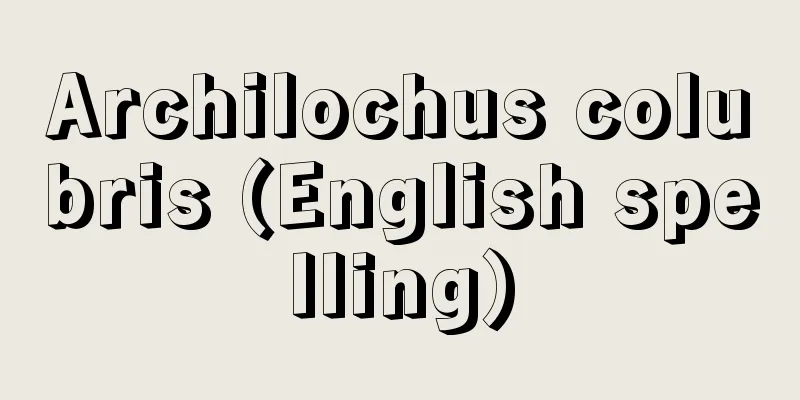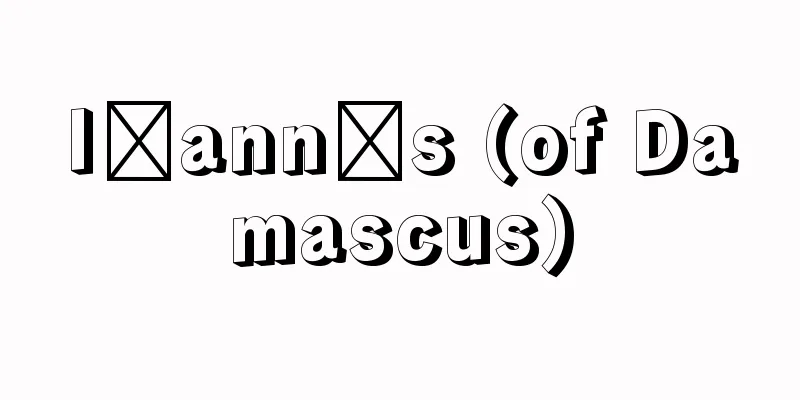Student Union Incident

|
This was the first case in which members of the All-Japan Student Social Sciences Union (Gakuren) were subject to the Peace Preservation Law and their activities were suppressed. It is also known as the Kyoto Gakuren Incident or the Kyoto Student Incident. On December 1, 1925 (Taisho 14), 33 students from Kyoto Imperial University and Doshisha University were arrested on the pretext of causing unrest (first arrest), and were released at one point. However, between January and April of the following year, 1926, professors including Kawakami Hajime, Kawakami Jotaro, and Shinmei Masamichi had their homes searched, and 38 students including Iwata Yoshimichi, Suzuki Yasuzo, Ishida Eiichiro (Kyoto Imperial University student), Noro Eitaro (Keio University graduate), and Goto Hisao (Hayashi Fusao, Tokyo Imperial University student) were arrested nationwide for violating the Peace Preservation Law, the Publication Law, and lèse majesté (second arrest). All were released by September, but in the first instance verdict (Kyoto District Court) on May 30, 1927 (Showa 2), all were found guilty of violating the Peace Preservation Law. The appeal trial began on March 5 of the following year, but shortly after this the Second Communist Party Incident (March 15 Incident) occurred, and 17 of the defendants were separated as they were also implicated in this incident, and on December 12, 1929, the Osaka Court of Appeal found 18 of the remaining 21 guilty, giving prison sentences of seven years or less, and 3 not guilty. As a result of this incident, the crackdown on student movements was further strengthened, and students were divided into left and right. Most of the defendants later played progressive roles as leaders of the proletarian movement or students of social science research. [Nomaru Sato] "Kikukawa Tadao, 'History of the Student Social Movement', revised and expanded edition (1947, Kaikou Shoten)" ▽ "Matsuo Hiroya, 'Kyoto Student Union Incident' (included in 'Records of Japanese Political Trials, Showa Period, Pre-1970, Daiichi Hoki Publishing)" ▽ "Okudaira Yasuhiro, 'A Brief History of the Peace Preservation Law' (1977, Chikuma Shobo)" [References] | |Source: Shogakukan Encyclopedia Nipponica About Encyclopedia Nipponica Information | Legend |
|
全日本学生社会科学連合会(学連)の会員が治安維持法違反の最初の適用を受け、活動を弾圧された事件。京都学連事件、京都学生事件ともいう。1925年(大正14)12月1日、不穏びらを口実に京都帝大、同志社大の学生33名が逮捕され(第一次)、いったん釈放されたが、翌26年1~4月に、河上肇(はじめ)、河上丈太郎(じょうたろう)、新明(しんめい)正道ら諸教授が家宅捜索を受けるとともに、岩田義道(よしみち)、鈴木安蔵、石田英一郎(京都帝大生)、野呂栄太郎(のろえいたろう)(慶大卒)、後藤寿夫(林房雄、東京帝大生)らの学生たち38名が治安維持法違反・出版法違反・不敬罪を理由に全国的に検挙された(第二次)。9月までに全員が釈放されたが、27年(昭和2)5月30日の第一審(京都地裁)判決では、全員が治安維持法違反で有罪とされた。控訴審の公判は翌年3月5日から開かれたが、この直後、第二次共産党事件(三・一五事件)があり、17名がこれにも連座したため分離され、29年12月12日、大阪控訴院は残りの21名のうち18名に懲役7年以下の有罪、3名に無罪の判決を下した。この事件により、以後学生運動への弾圧が一段と強化され、学生も左右に分裂した。なお、被告の大部分は、その後無産階級運動の指導者や社会科学研究の学徒として進歩的役割を果たしている。 [佐藤能丸] 『菊川忠雄著『学生社会運動史』増補改訂(1947・海口書店)』▽『松尾浩也著『京都学連事件』(『日本政治裁判史録 昭和・前』所収・1970・第一法規出版)』▽『奥平康弘著『治安維持法小史』(1977・筑摩書房)』 [参照項目] | |出典 小学館 日本大百科全書(ニッポニカ)日本大百科全書(ニッポニカ)について 情報 | 凡例 |
Recommend
Legendre function
When n is 0 or a positive integer, a second-order ...
Eretria - Eretria (English spelling)
An ancient city on the island of Euboea in centra...
Boat crew
There are four different uses of this word. (1) It...
hiper-sonic transport
…Hiper-sonic transport is an abbreviation for hyp...
Lyrics - Uta kotoba
〘Noun〙① A word that is not often used in daily lan...
Limpkin (Japanese crane) - Limpkin (English spelling)
A bird of the Aramidae family. This bird has anato...
Fermi energy
…Electrons fill these k states in order from lowe...
Economic Stabilization Headquarters
An administrative agency established in 1946 (Sho...
One-eyed fish - Hard fish
There are legends about fish that have lost one e...
Sunstone
…Moonstone, whose Japanese name is Tsukichoseki, ...
Stola (English spelling)
A long-legged garment made of linen or light wool ...
Antibody - Antibody (English spelling)
A protein that is produced in the body in response...
Tetramorph
…Thus associated with the sun, the lion was deifi...
MSDos - MSDos
…The prototype is Mach. MS-DOS is a command inter...
Travel pass - Oraiitegata
In the Edo period, common people had to carry a c...







![Iwaizumi [town] - Iwaizumi](/upload/images/67caf437e60dc.webp)

